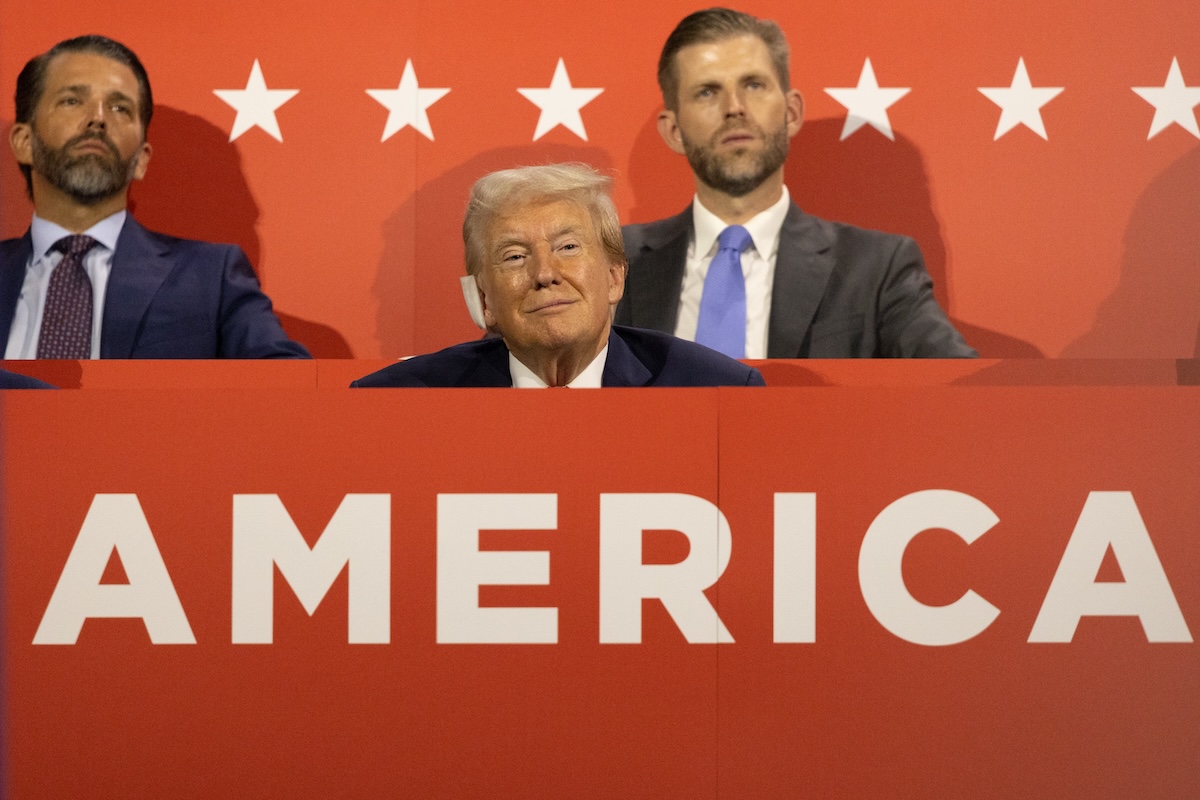
President Trump steps up efforts to sway the Federal Reserve to slash interest rates, calling for an unprecedented 300 basis point cut.
But according to the June 17–18 Fed minutes, officials appear in no rush to comply, setting up a potential clash between the central bank and the White House.
In fact, many of them expect cuts eventually, but “some” participants believe no cuts are warranted this year due to inflation risks tied to tariffs.
In Fed language, “some” typically implies more dissent than “several.”
Unlike other major central banks, the Fed has held interest rates steady at 4.5% throughout 2025, which, critics argue, is unnecessarily tight.
But Chair Jerome Powell says the government’s aggressive tariff plan is largely to blame for the delay in easing.
“We went on hold when we saw the size of the tariffs, and essentially all inflation forecasts for the United States went up materially as a consequence,” Powell said earlier this month at a central bank forum.
Trump’s Fed attacks reach climax
Frustrated by the Fed’s stance, Trump on Wednesday ramped up his attacks, publicly demanding an immediate 300 basis point cut, a historic move that would dwarf any in Fed history.
As The Kobeissi Letter pointed out, such a cut would be three times larger than the 100-point emergency reduction made during the Covid crash in March 2020.
While a move of that size would likely fuel a short-term rally in stocks, gold, and real estate, Kobeissi warned that “long-term inflation would surge.”
It's official:
undefined The Kobeissi Letter (@KobeissiLetter) July 9, 2025
President Trump is now calling for the first 300+ basis point interest rate cut in US history.
This would be 3 TIMES larger than the 100 bps cut on March 15th, 2020, the largest in history.
So, what happens if the Fed does this? Let us explain.
(a thread) pic.twitter.com/k3Bo0ri1zY
As InvestorsObserver reported before, the real driver behind Trump’s push is the soaring cost of servicing federal debt.
The president repeated this argument Wednesday, saying that every percentage point the Fed delays in cutting rates adds another $360 billion in refinancing costs for the government.
Interest payments have now become the second-largest federal expense — trailing only Social Security — and are consuming roughly 18% of total annual tax revenue.
While the Fed is widely expected to keep rates unchanged at its July meeting, the odds of a cut in September have climbed to nearly 70%, according to CME Group’s FedWatch Tool.
Your email address will not be published. Required fields are markedmarked